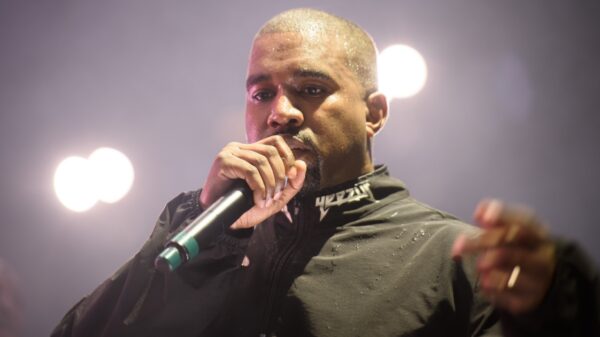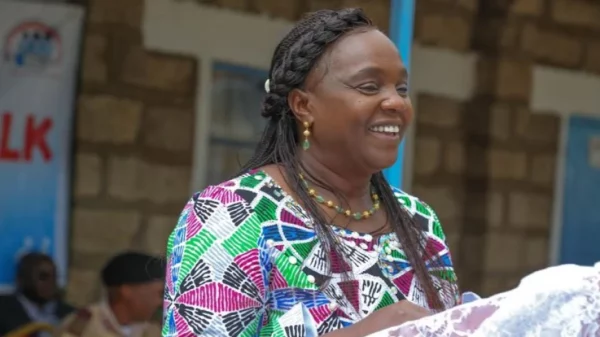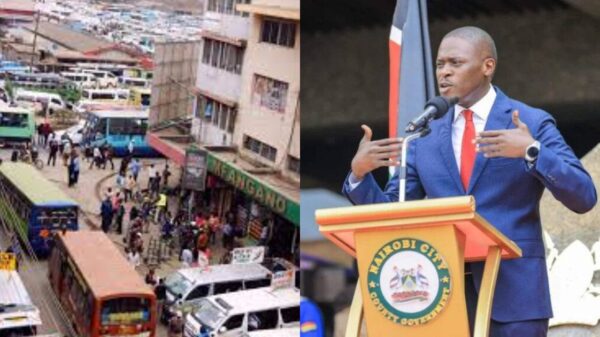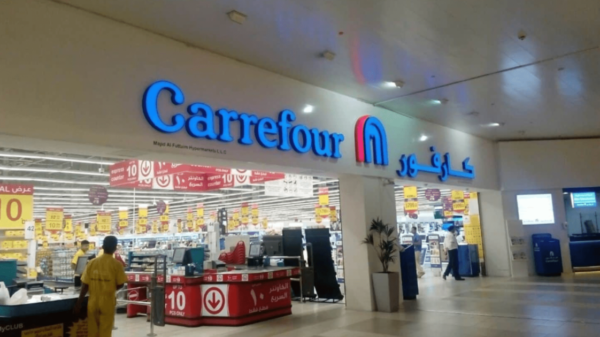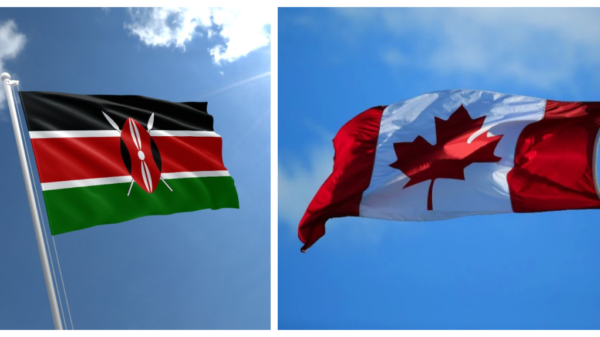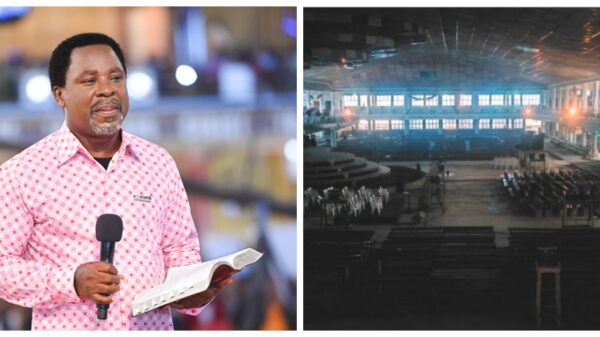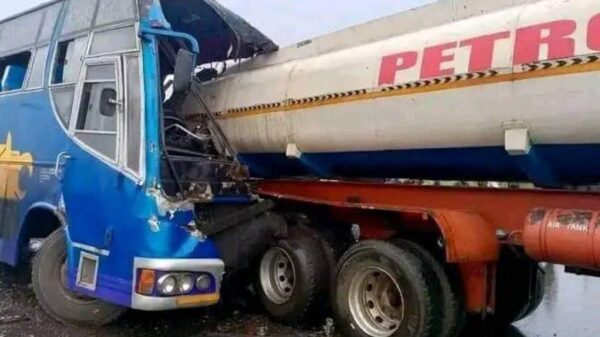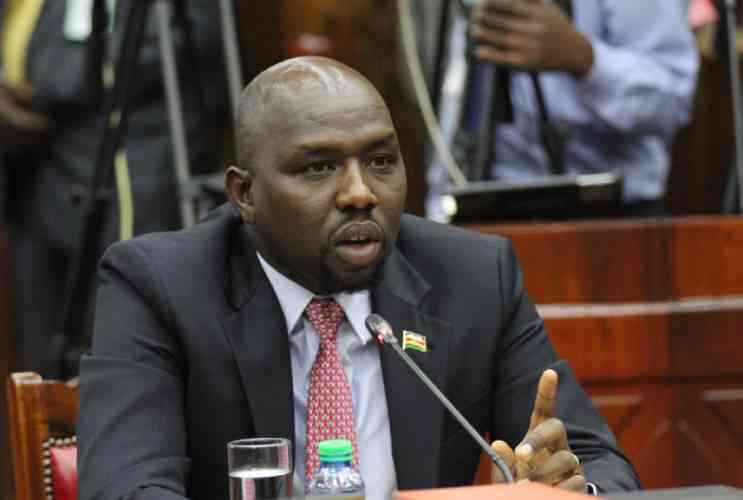- Cabinet Secretary Kipchumba Murkomen defends the proposal of leasing out parts of Mombasa and Lamu ports to private entities
- According to him, this move will improve the economy and also increase the number of goods coming through the Lamu port
- Kenya Ports Authority has said it wants to lease parts of key ports to generate at least US$10 billion annually by 2030
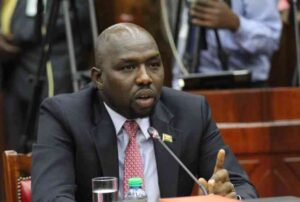
Transport CS Kipchumba Murkomen has defended the proposal to lease sections of Mombasa and Lamu to private entities
Follow us on Facebook and Twitter for more Entertainment and Exclusive stories
Roads and Transport Cabinet Secretary Kipchumba Murkomen has defended the proposal to lease sections of Mombasa and Lamu ports to private entities.
Speaking during the submissions to the National Assembly’s Departmental Committee on Transport and Infrastructure, Murkomen said if the proposal would be given a go ahead, the economy of the country will improve greatly as a result of the private entities investments.
“The private party will be expected to invest in the rehabilitation, and equipping of Berths 11-14 and Container Terminal 1 and operate them for a specified period,” Murkomen said.
“This move will eliminate congestion of the port of Mombasa, which serves Kenya and the other landlocked countries namely; Uganda, Rwanda, Burundi and South Sudan,” he added.
According to the CS, Lamu will also open up the LAPSSET Corridor and serve Ethiopia, South Sudan and Western Somalia.
“The involvement of the private sector in cargo handling activities will enable quick decision-making by doing away bureaucracy and also generate jobs for the residents,” Murkomen continued.
The CS went on further by saying that Kenya Ports Authority National Ports Master plan 2018-2047 expect that Lamu port will be operated principally as a landlord port.
The Kenya Ports Authority (KPA) had earlier on explained that it wants to lease parts of key ports to generate at least US$10 billion annually by 2030.
KPA is seeking private investors to take over the operations and management of five critical port facilities – Mombasa and Lamu ports, Dongo Kundu Special Economic Zones, Kisumu Port, and Shimoni Fisheries Port through a public-private partnership.
KPA had already begun the process of leasing nine assets, which include the Lamu Container Terminal berth 1-3, Lamu Special Economic Zone, Mombasa Port’s berth 11-14 and Mombasa Port Container Terminal 1.
Kenya’s trade route has recently come under great competition with the landlocked countries of Uganda, Burundi and Rwanda choosing to use the Tanzanian route which has seen total cargo passing through Mombasa, drop to 33.74 million metric tonnes in 2022 from 34.76 million tonnes in 2021.
Lack of adequate funds forced the government to backtrack on its previous opposition privatisation of key infrastructure at the ports of Mombasa and Lamu.
Follow us on Facebook and Twitter for more Entertainment and Exclusive stories





